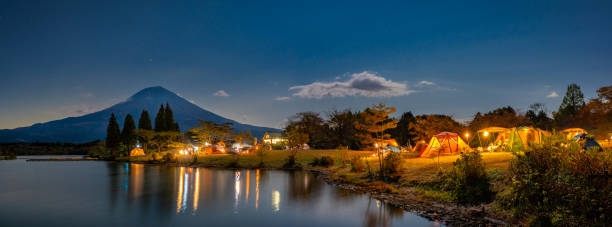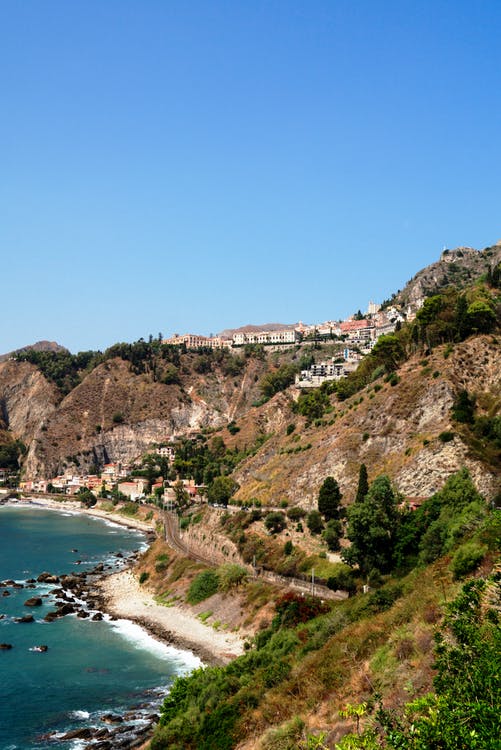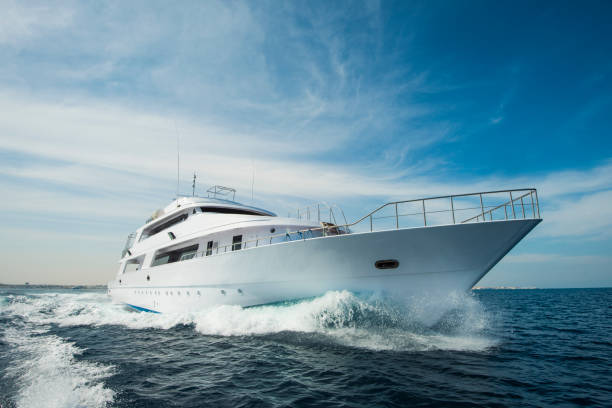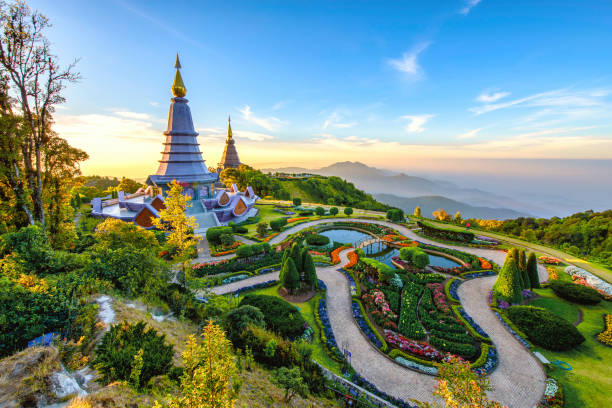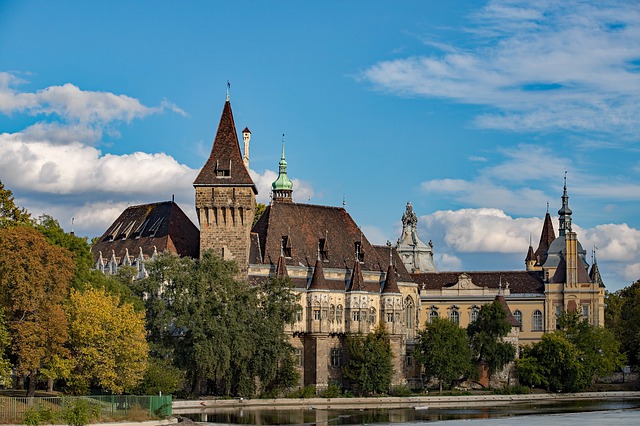A Journey Through Iceland’s Natural Wonder
Adventure activities in Iceland Iceland is known for its stunning landscapes, volcanoes, and glaciers. It offers a wide range of adventure activities for adrenaline junkies and outdoor enthusiasts. Whether you are looking for thrilling experiences or simply want to immerse yourself in nature, Iceland has something for everyone.
In this article, we will explore some of the top adventure activities in Iceland that are a must-try for any adventurer.
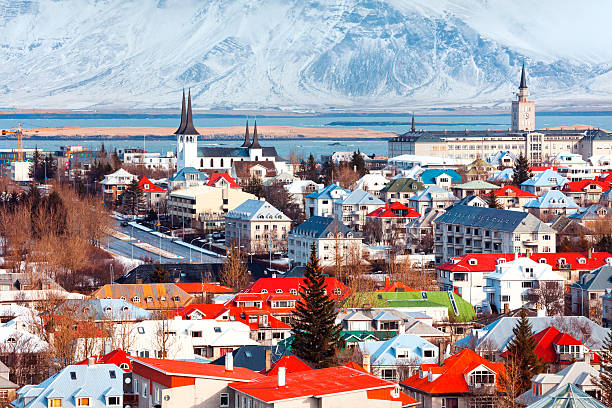
1. Glacier hiking and ice climbing Iceland is home to numerous glaciers, including the famous Vatnajökull, which is the largest glacier in Europe. Glacier hiking offers a unique opportunity to explore these frozen wonders and witness breathtaking ice formations. You can hike across the massive ice fields, explore ice caves, and even try your hand at ice climbing under the guidance of experienced guides. It is an exhilarating adventure that is both challenging and rewarding.
2. Snowmobiling If you are a fan of speed and excitement, then snowmobiling in Iceland is a must-do activity. You can zoom across the snow-covered landscapes and enjoy panoramic views of the surrounding mountains, glaciers, and frozen lakes. Whether you are a beginner or an experienced rider, there are options available for everyone. It is an adrenaline-pumping experience that will leave you with unforgettable memories.
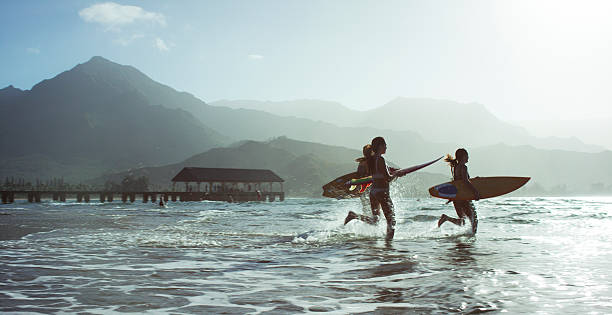
3. Whitewater rafting Iceland is blessed with numerous rivers and rapids, making it a perfect destination for whitewater rafting. The glacial rivers offer challenging rapids and stunning scenery, making it an ideal activity for thrill-seekers. You can navigate through the gushing waters, while enjoying the astonishing beauty of the Icelandic wilderness. It is an adventure that combines excitement, teamwork, and the raw power of nature.
4. Volcano hiking With its volcanic landscapes, Iceland offers a unique opportunity to hike to the rim of active and dormant volcanoes. You can witness the raw power of nature as you hike up to these majestic formations, experiencing the geothermal activity up close. It is an adventure that takes you into the heart of Iceland's volcanic history and allows you to marvel at the forces that shaped this incredible land.
5. Snorkeling between tectonic plates One of the most unique adventure activities in Iceland is snorkeling between the Eurasian and North American tectonic plates in the Silfra fissure. Silfra is a crack in the Earth's crust filled with crystal clear glacier water. You can don a drysuit and snorkel in the freezing water, exploring the underwater world between two continents. It is a once-in-a-lifetime experience that will leave you awestruck by the beauty and geological significance of this underwater wonderland.
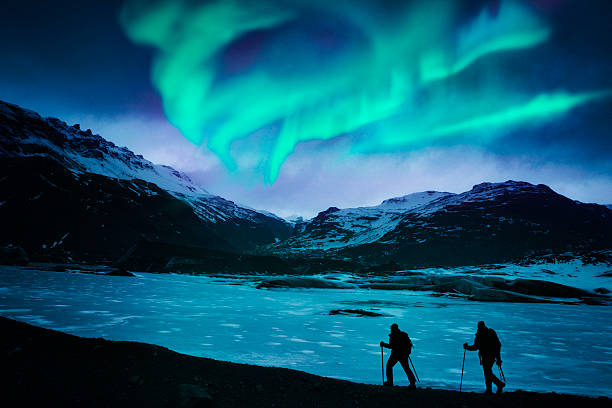
Top tourist attractions in Iceland Iceland is a land of awe-inspiring landscapes and natural wonders. From majestic waterfalls to volcanic hot springs, there is no shortage of beautiful sights to explore. In this section, we will take a look at some of the top tourist attractions in Iceland that should not be missed.
1. The Golden Circle The Golden Circle is a popular tourist route that includes three must-visit attractions: Þingvellir National Park, the Geysir Geothermal Area, and the Gullfoss waterfall. Þingvellir National Park is a UNESCO World Heritage Site and the birthplace of the world's oldest parliament. The Geysir Geothermal Area is home to the famous Strokkur geyser, which erupts every few minutes, shooting hot water high into the air. Gullfoss, or the “Golden Falls,” is a stunning two-tiered waterfall that will leave you spellbound.
2. The Blue Lagoon The Blue Lagoon is an iconic geothermal spa and one of Iceland's most famous attractions. Its milky-blue waters are rich in minerals and are renowned for their healing properties. Visitors can relax in the warm, silica-rich waters while enjoying the breathtaking surroundings. It is a rejuvenating experience that is a must for anyone visiting Iceland.
3. Reynisfjara Black Sand Beach Reynisfjara is a mesmerizing black sand beach located near the small village of Vík. It is famous for its dramatic basalt rock formations, towering cliffs, and powerful waves crashing onto the shore. The unique beauty of this beach attracts photographers, nature lovers, and those who seek tranquility amidst the raw forces of nature.
4. Jökulsárlón Glacier Lagoon Jökulsárlón is a stunning glacial lake located in southeastern Iceland. It is filled with icebergs that have calved from the nearby Breiðamerkurjökull glacier. Visitors can take a boat tour to get up close to the floating icebergs and admire their enchanting blue hues. It is a surreal and magical sight that will leave you in awe of the wonders of nature.
5. Landmannalaugar Landmannalaugar is a geothermal wonderland nestled in the Highlands of Iceland. It is famous for its colorful rhyolite mountains, hot springs, and natural hot pools. Hiking enthusiasts flock to this area to explore the breathtaking landscapes and soak in the warm geothermal waters. It is a paradise for nature lovers and a must-visit destination off the beaten path.
Best time to visit Iceland Iceland's weather can be unpredictable, and the best time to visit depends on your interests and activities. Here are some key factors to consider when planning your trip to Iceland.
1. Summer (June to August) Summer is the peak tourist season in Iceland. The days are long, with almost 24 hours of daylight, allowing you to make the most of your time exploring the country. The temperatures are mild, ranging from 10°C to 15°C (50°F to 59°F) on average. The highland roads and hiking trails are mostly accessible during this time, offering ample opportunities for outdoor activities.
2. Shoulder Seasons (May and September) The shoulder seasons, May and September, offer a balance between fewer tourists and relatively good weather. The weather can be unpredictable, with occasional rain and wind, but it is still possible to enjoy outdoor activities. This is also a great time for birdwatching and witnessing the stunning fall colors.
3. Winter (October to April) Winter in Iceland is a magical time, with the chance to witness the elusive Northern Lights. The snowy landscapes provide a picturesque backdrop for adventure activities like snowmobiling and glacier hiking. However, the weather can be harsh, with temperatures dropping below freezing and limited daylight hours. It is essential to pack warm clothing and be prepared for challenging driving conditions.
4. Northern Lights Season (September to March) If your main goal is to see the Northern Lights, then the period from September to March is the best time to visit Iceland. The long nights and clear skies increase your chances of experiencing this mesmerizing natural phenomenon. It is advisable to stay away from city lights for the best viewing experience.
In conclusion, Iceland offers a world of adventure and natural beauty that is waiting to be explored. From thrilling activities like glacier hiking and snowmobiling to breathtaking attractions like the Golden Circle and the Blue Lagoon, there is something for everyone in this Icelandic wonderland. Whether you visit during the summer or winter, Iceland will leave you with unforgettable memories and a yearning to return to its enchanting landscapes.
